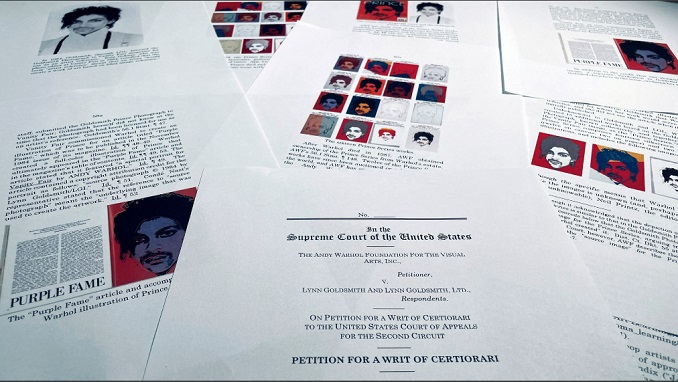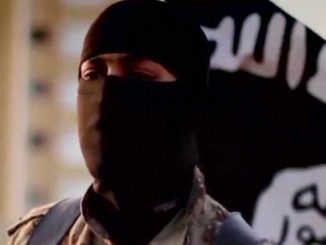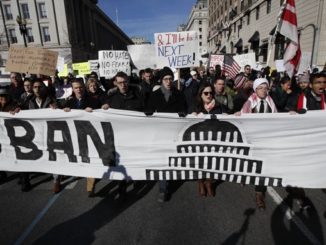
The Supreme Court is set to weigh in on a case that centers on paintings by the late artist Andy Warhol.
The question is as philosophical as it is legal: what is the line between art and copyright theft when an artwork is inspired by other material?
Tomorrow, the nation’s top justices will hear arguments in a copyright dispute between Warhol’s estate and celebrity photographer Lynn Goldsmith over his paintings based on a 1981 photograph she took of rock star Prince.
The case centers on how courts decide when an artist makes “fair use” of another’s work under copyright law. The dispute over the legal boundary between inspiration and misuse has drawn broad interest for its implications for artists.
Copyright law sometimes allows for the fair use of copyrighted works without the creator’s permission. The key factor courts consider in determining fair use is whether it has a “transformative” purpose such as parody, education, or criticism.
Warhol is famous for his silkscreen print paintings and other works inspired by photographs taken of famous subjects, including Marilyn Monroe, Queen Elizabeth, Mao Zedong, Elizabeth Taylor, Muhammad Ali, and others, as well as commercial products like Campbell Soup.
Goldsmith photographed Prince for Newsweek magazine in 1981. Warhol made 14 silkscreen prints and two pencil illustrations based on one of Goldsmith’s Prince photos.
Goldsmith said she learned of Warhol’s work only after Prince died in 2016, and then countersued the Andy Warhol Foundation for copyright infringement in 2017 after it asked a Manhattan federal court to rule that his works did not violate her rights.
The Supreme Court will hear arguments in the estate’s appeal of a lower court’s decision favoring Goldsmith.
It marks the first time the Supreme Court has ruled on fair use in art since 1994 when it found that the rap group 2 Live Crew’s parody of singer Roy Orbison’s “Oh, Pretty Woman” made fair use of the song from the 1960s.
But the court’s current 6-3 conservative majority has shown little reluctance in overturning precedents, overturning many precedents last session.




Be the first to comment